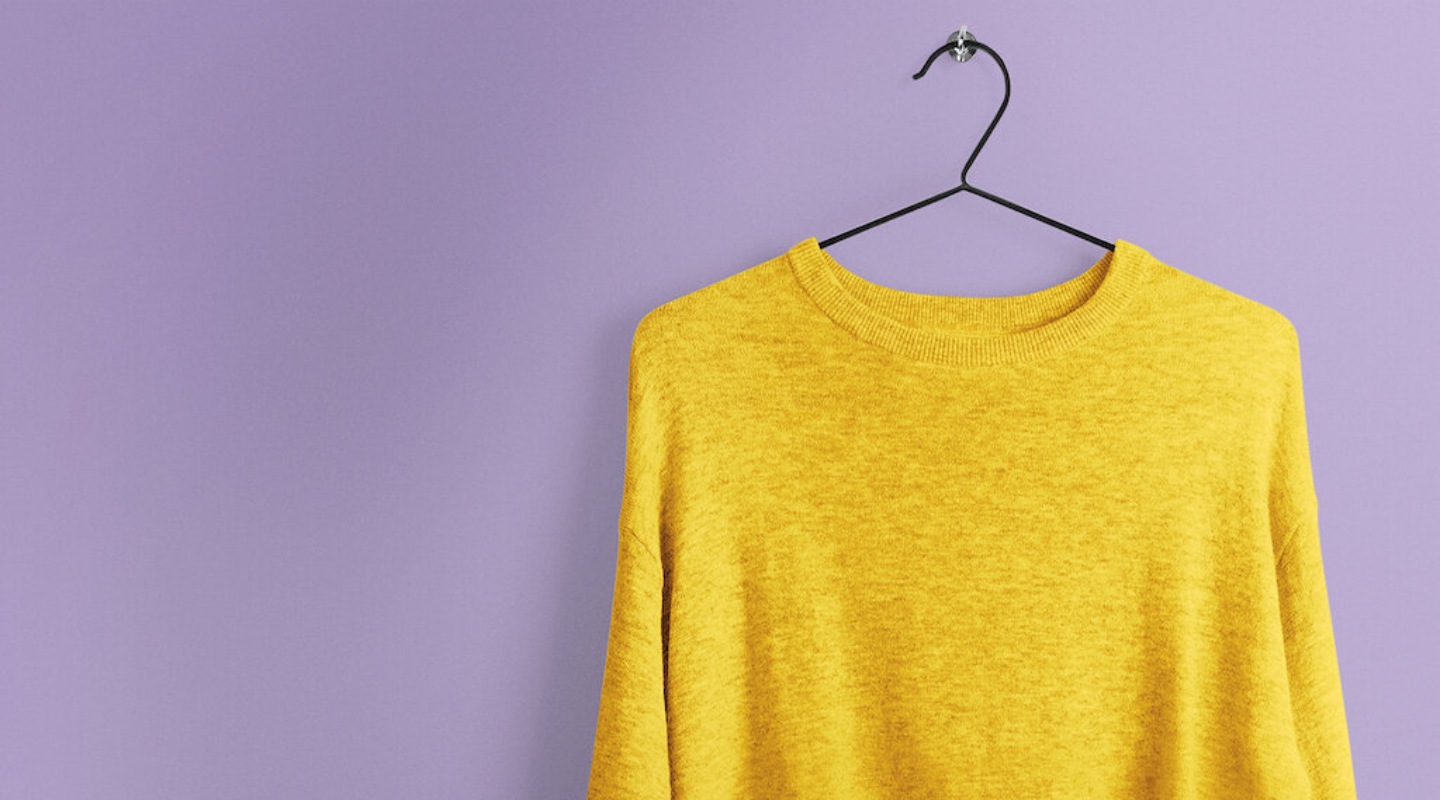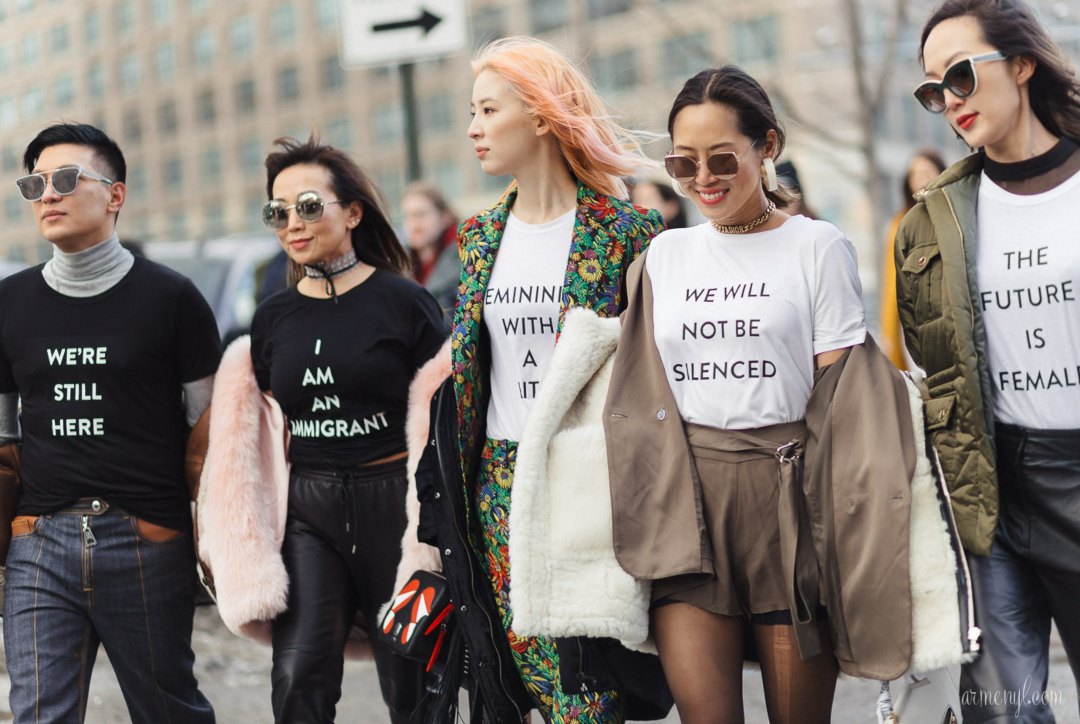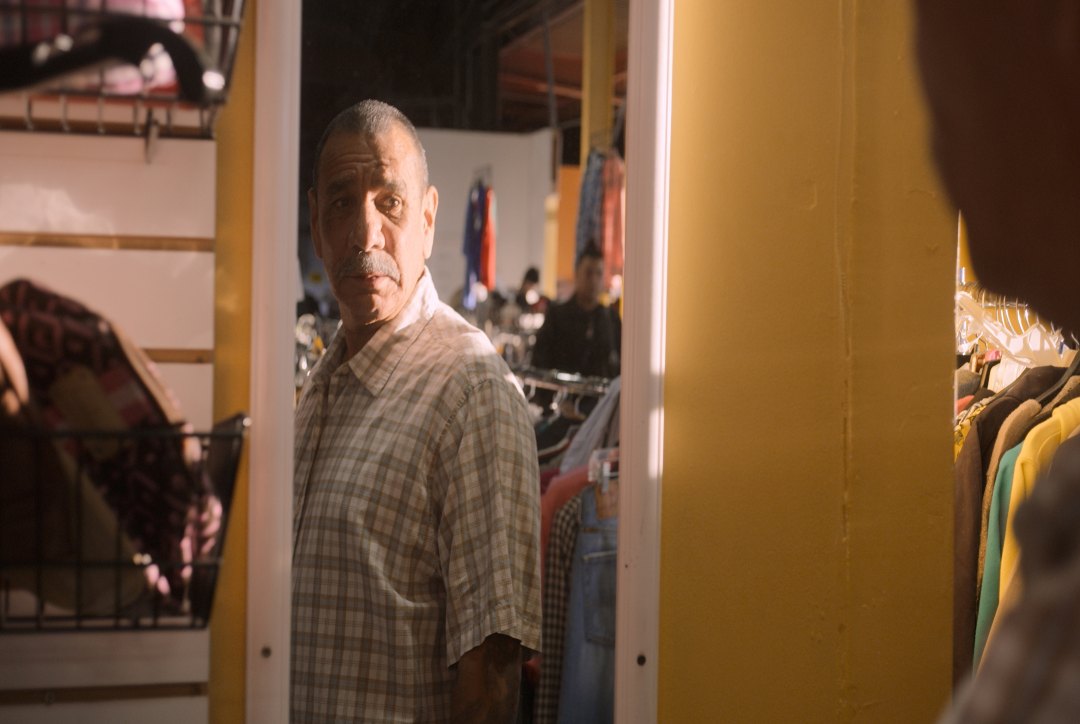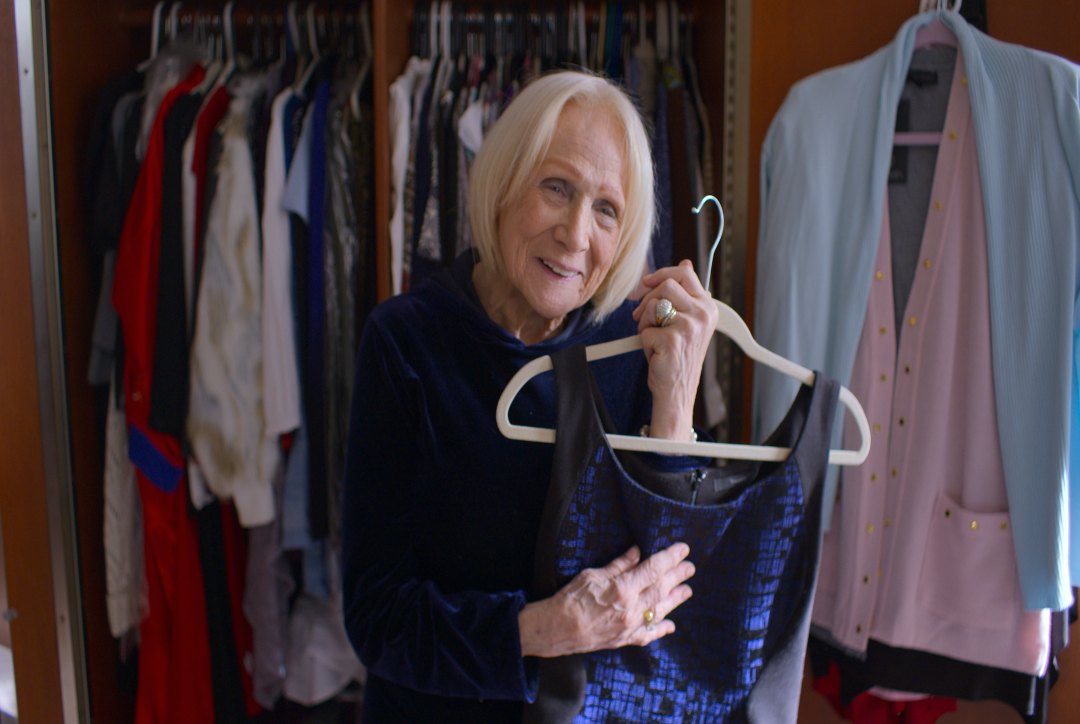Our clothes go from necessity to inspiration in this Netflix docuseries.
There is no need for a long debate on why clothing are important to our lives. Aside from it being a basic necessity, it is also a way for us to express ourselves. Most of the time we get ideas on what kind of people we are dealing with based on what they wear, whether be it fashionable, a uniform or a casual one. Netflix show Worn Stories is a docuseries based on the book of the same name by Emily Spivack. The series is simply about people sharing a piece of their stories through certain items that are special to them.
In an interview, Spivack shares that the idea started with her project called “Sentimental Value,” where she was collecting stories she finds on eBay. She says, “When people were selling clothes, they would post about what they did when they were wearing them and why they were getting rid of them. I was noticing this connection on a platform that isn’t meant for storytelling, so I started looking in my own closet and writing some of my own stories to see how that felt and what it felt like to make those kinds of memories a little bit more concrete.”
Each episode comes together around a theme, like community, lost and found, beginnings, or love. There are four main interviews per episode that covers four particular pieces of clothing. Worn Stories explores how someone’s precious memories, epiphanies, and life stories are woven into to pieces of clothing.
Clothing as symbol for community
In the first episode titled “Community,” tells the story of a Mrs.Park, a South Korean restaurateur and her yellow sweater.

She describes, “I like the yellow color because it represents a warm heart”. She thinks that the monk gave it to her to encourage her to keep helping others with that kind of heart. With new found hope and confidence, Mrs. Park eventually found friendship and community in dance classes she took at her local Korean senior center where she wears the yellow sweater all the time. Mrs. Park’s story of acceptance and overcoming fundamental issues are universal.

For instance, we have this sense of pride whenever we wear our campaign shirts with slogans of the things we are fighting for. They make us feel that we are not alone in a fight. It’s the sense of community through our clothing that makes an event even more powerful and memorable.
They Identify Us
Our clothing represents ourselves. It gives us a sense of freedom that we can be who we wanted to be. This episode of Worn Stories shows us an emotional take on clothing as a symbol for freedom.
On episode three, titled “Beginnings” we are introduced to Carlos, a California man, who spent eight years of his young adult life in prison. Carlos shares how everyone is just a number in the system and dressed in the same orange uniform. Before he was released from prison, his family was allowed to send him “dress outs”. Dress outs are clothes he could wear once he stepped out of the prison grounds. He explained that if you don’t have family on the outside to send you “dress outs,” you have to wear whatever the prison provides.
Carlos decided to join the Ride Home program to give back to the community. Ride Home volunteers pick up individuals released from prison and without families to welcome them back. They help them prepare in transitioning to live in the outside world. This voluntary work includes taking them to their first meal, setting them up in their rehabilitation residency and buy them clothes. The story moves to its second part where Carlos meets Rudy.

Rudy has spent the last 41 years in prison. Rudy walked out of the prison wearing sweats and a t-shirt because he has no family to welcome him back and give him dress outs. So, Carlos takes him shopping to a thrift store to begin his new life. Rudy’s new wardrobe signals his freedom not just from the bars, but from the past as well. His new clothes provide him a new sense of identity, a fresh start.
“I’m a free man with the clothes I got on. I’m not looking back, I’m moving forward. I looked in the mirror, and I liked what I saw.”
Rudy, “Worn Stories”
Sentimental value
There are countless reasons on why we can’t let go of some of our clothing items no matter how old they are. They either hold a sentimental value to us or simply make us feel good while wearing them. Some people keep certain items because they reminded them of their lost loved ones. So keeping those clothes make them feel like the people they lost are here and still embracing them whenever they wear those clothing pieces.

For Emily, this has been a moment to prioritize and look at things a little bit differently, and she begins with our clothing and our closets. She says, “People are being more thoughtful about what they’re wearing. People are a bit more cognizant about the choices that they’re making. They’re taking a minute and saying: ‘What does this mean to me? Is this something I’m going to hold on to?”.
Perhaps, the charm of Worn Stories is tied to our pandemic life where we all have a time to reflect on the things we possess and their purpose in our lives. Likewise, we also become conscious with the things we consume like the clothes we buy, subconsciously wishing that everything will be worth it in these uncertain times.
Related: All Stories Are Worth Telling In Whatever Way or Form







